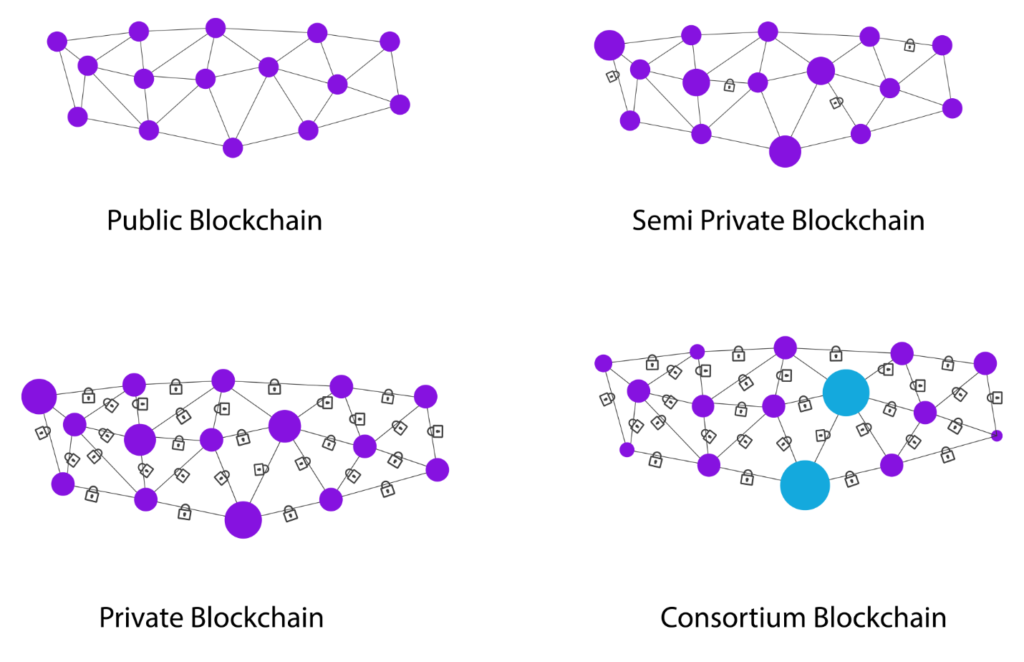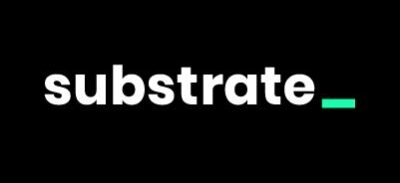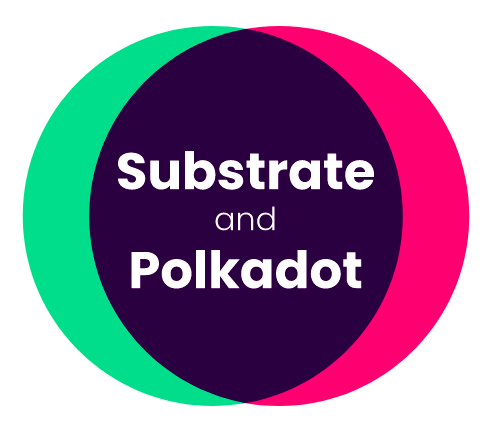Exploring the Benefits of Substrate Framework for Private Blockchain Development: Interoperability and Identity Tokens use case
Benefits of Private Blockchain
Blockchain technology has been transforming various industries and sectors with its decentralized, transparent, and secure features. However, not all blockchain applications use cases require the same level of openness and trustlessness.
Private Blockchain
Private blockchain is a type of blockchain network that is only accessible by a selected group of participants who have permission to join, read and write on the ledger. Unlike public blockchain, which is open to anyone who wants to participate, private blockchain has a central authority that manages the network and sets the rules for its operation. Private blockchain can offer more scalability, efficiency, and security than public blockchain, as it does not need to rely on consensus mechanisms that consume a lot of resources and time.

Private blockchain can be useful for scenarios where data confidentiality and integrity are crucial, such as financial services, healthcare, supply chain management, and government services.
Challenges of Private Blockchain
However, private blockchain also has some limitations and challenges.

Interoperability
One of the challenges of private blockchain is interoperability. Since each private blockchain network has its own rules and protocols, it may be difficult to communicate and exchange data with other networks or systems.
Innovation
Another challenge is innovation. Private blockchain networks may lack the diversity and creativity that public blockchain networks have due to their openness and competition.
Introducing Substrate Framework
This is where Substrate Framework comes in. Substrate Framework is a modular platform that allows developers to build customized blockchains with ease and flexibility. Substrate Framework provides a set of tools and components that can be mixed and matched to create different types of blockchains according to the specific needs of each use case.

Interoperability through Polkadot Network
One of the key features of Substrate Framework is its support for interoperability through Polkadot Network. Polkadot Network is a multi-chain network that connects different blockchains together using bridges or parachains. Polkadot Network enables cross-chain communication and collaboration among various blockchains without compromising their sovereignty or security.

Innovation through Runtime Upgradeability
Another key feature of Substrate Framework is its support for innovation through its runtime upgradeability feature. This feature allows developers to update or modify their blockchains without requiring hard forks or network disruptions. This means that developers can continuously improve their blockchains with new features or bug fixes without affecting their users or partners.
Other Benefits of Substrate Framework
Substrate Framework also offers other benefits such as scalability, performance, security, and governance. Substrate Framework leverages off-chain workers to handle computation-intensive tasks outside the main chain, thus improving scalability and efficiency. Substrate Framework also uses WebAssembly (Wasm) as its native execution environment, which ensures high performance and compatibility across different platforms. Moreover, Substrate Framework supports various governance models such as democracy, council or custom ones that allow stakeholders to participate in decision-making processes on the network.
Identity Tokens using Substrate Framework
One potential application of Substrate Framework is to implement identity tokens (IDTs). IDTs are digital tokens that represent one’s identity attributes such as name, age, gender or nationality on the blockchain. IDTs can enable users to prove their identity online without revealing sensitive personal information or relying on centralized authorities such as governments or corporations.

IDTs can also empower users with more control over their own data by allowing them to choose who they want to share it with and for what purpose. IDTs can also facilitate access to various services such as e-commerce, social media, education, healthcare, travel, and more by eliminating intermediaries and reducing costs and friction.
The Substrate Framework can help developers create IDTs with ease and flexibility by already providing them with customizable modules and components
Identity Tokens and Interoperability
The interoperability focused development of Substrate Framework and the Polkadot Network could allow IDTs to be used across different blockchain networks or systems, enabling users to access services or applications seamlessly. It also enhances the security and privacy of IDTs by enabling cross-network verification and authentication. However, interoperability requires standardization and governance models that facilitate collaboration and coordination among different blockchain networks or systems.
In summary, Substrate Framework provides a customizable platform for building private blockchains and IDTs that are interoperable with other networks or systems through Polkadot Network. This enables IDTs to be used across different private blockchain networks or systems seamlessly while also enhancing their security and privacy through cross-network verification and authentication.
Links:
